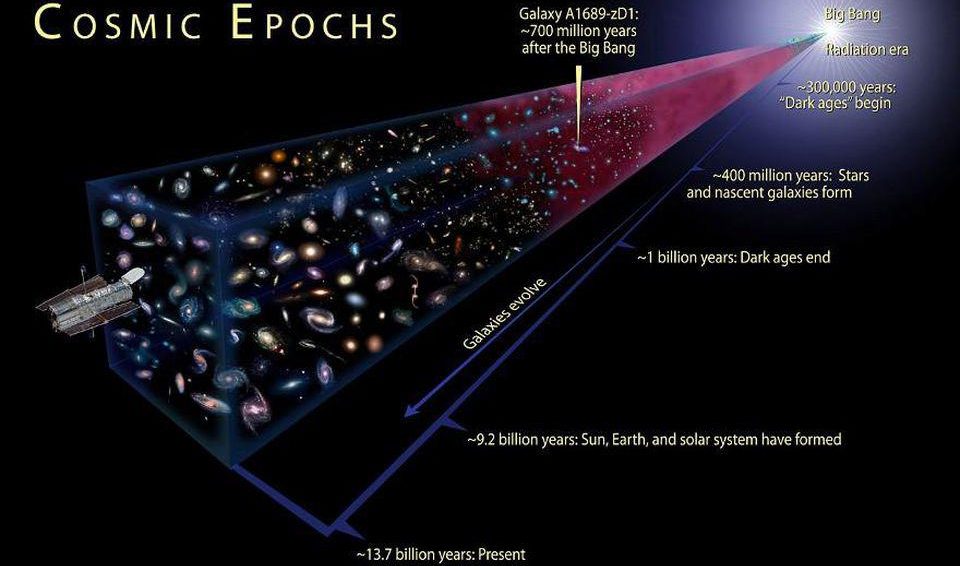Astronomers Debate: How Many Habitable Planets Does Each Sun-Like Star Have?
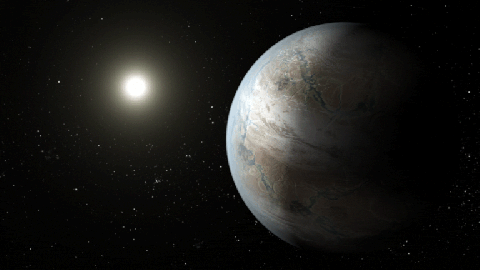
We know a lot about what else is out there, but we still don’t know everything.
In the quest for life in the Universe, it makes sense to look at worlds that are similar to the only success story we know of for certain: our planet Earth. Here at home, we inhabit a rocky planet with a thin atmosphere that orbits our star by rotating rapidly on its axis, with liquid water stably on its surface for billions of years. We have the right temperature and pressure at our surface for continents and liquid oceans, and the right raw ingredients for life to potentially arise.
We might not yet know how omnipresent or rare life actually is in our galaxy and Universe. Questions concerning the origin of life or the frequency of life evolving into a complex, intelligent or even technologically advanced civilization remain unanswered, as we lack that information. But exoplanet data? We’ve got plenty. That’s why it’s such a puzzle that astronomers can’t agree on how many Earth-like planets each Sun-like star should possess.
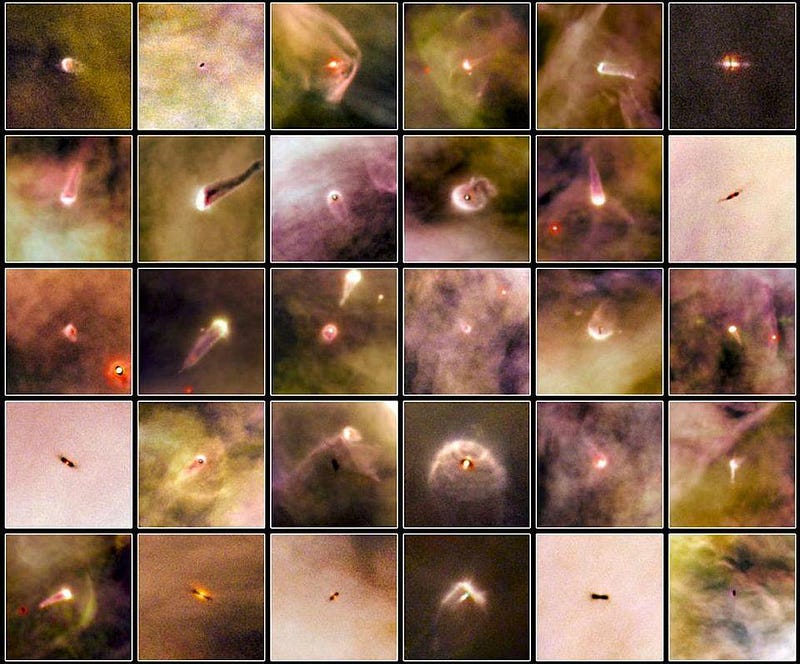
The story begins whenever we have the formation of a new star. New stars are practically always formed when a cloud of gas collapses under its own gravity, working to accumulate mass via gravitational growth before the radiation pressure from newly-formed stars, both inside this particular mass clump and elsewhere throughout the star-forming region, blows off the needed material.
A small percentage (about 1%) of these stars will be hot, blue, massive, and short-lived: either O-class, B-class, or A-class stars. The lifetimes of these stars are only a tiny percentage of our own Sun’s lifetime, and they don’t live long enough to support the evolution of life as we know it on Earth. Meanwhile, most stars (about 75–80%) are red dwarfs: M-class stars. These stars have Earth-sized planets, many of which are in their star’s habitable zones, but their properties are very different from that of Earth’s.
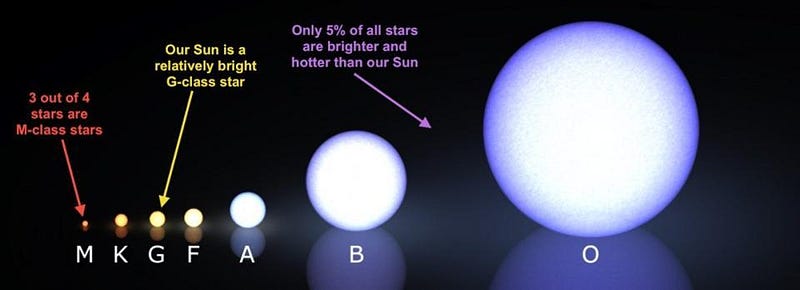
While there are many interesting possibilities concerning life on planets around M-class stars, they face challenges that are extraordinarily different from the challenges of Earth-like worlds. For example:
- Earth-sized planets around M-class stars will become tidally locked, where the same face always faces the star, instead of rotating on their axis with a different period from its revolution.
- M-class stars emit high-energy flares very frequently, which poses the danger of stripping any thin atmospheres away on cosmically short timescales.
- M-class stars emit very little ultraviolet and blue light, rendering photosynthesis as-we-know it impossible.
- And M-class stars emit copious amounts of X-rays, possibly enough to sterilize the surface of any terrestrial planet orbiting it.
Life may yet exist on worlds such as these, but it’s a controversial proposition.
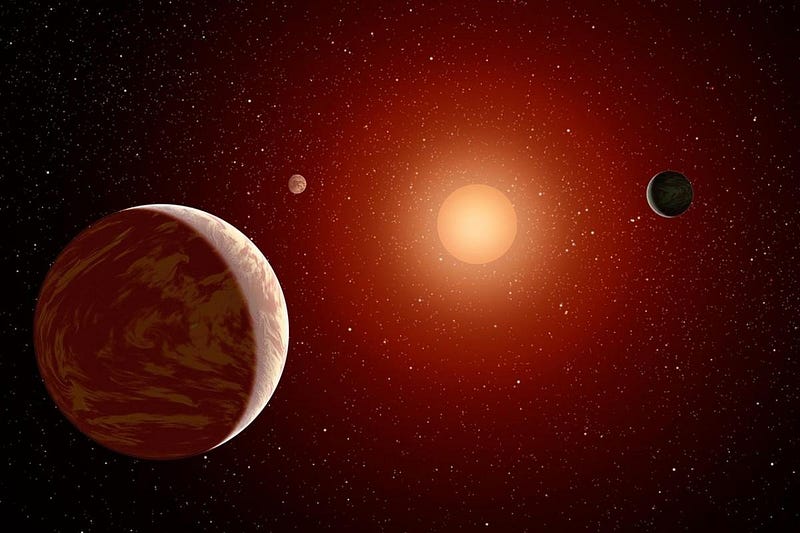
On the other hand, it’s tempting to go for the slam dunk in the search for life beyond our Solar System: to look for Earth-sized planets at Earth-like distances with Earth-like conditions around Sun-like (F-class, G-class, or K-class) stars.
This is a great question to ask, because it’s one that we have lots of data for. We know what fraction of stars fall into these Sun-like classes (around 20% or so), and we’ve observed thousands upon thousands of these stars for approximately a period of three years with NASA’s Kepler satellite during its primary mission.
The funny this is this: we’ve had the Kepler data for the better part of the past decade, and as of 2019, estimates range from a low of 0.013 Earth-like planets per Sun-like star, to a high of 1.24: a difference of a factor of 100.
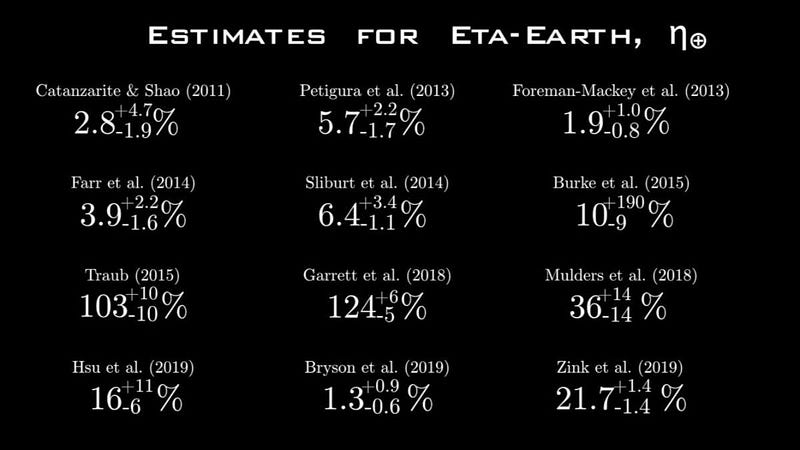
This is an extreme rarity in science. Normally, if scientists agree on the physical laws that govern a system, agree on the conditions that describe or categorize a system, and use the same data, they’re all going to get the same result. Everyone is definitely using the full suite of exoplanet data available (mostly Kepler), so there must be a problem with some of the assumptions that go into calculating just how common an Earth-like world around a Sun-like star is.
The first thing that should be emphasized, however, is that there’s no disagreement over the Kepler data itself! When a planet is fortuitously aligned with its parent star and our line-of-sight, it will transit across the face of the star once per orbit, blocking a fraction of the star’s light for a small amount of time. The more transit events we build up, the stronger the signal gets. Owing to Kepler’s mission, we’ve discovered thousands of stars with exoplanets around them.
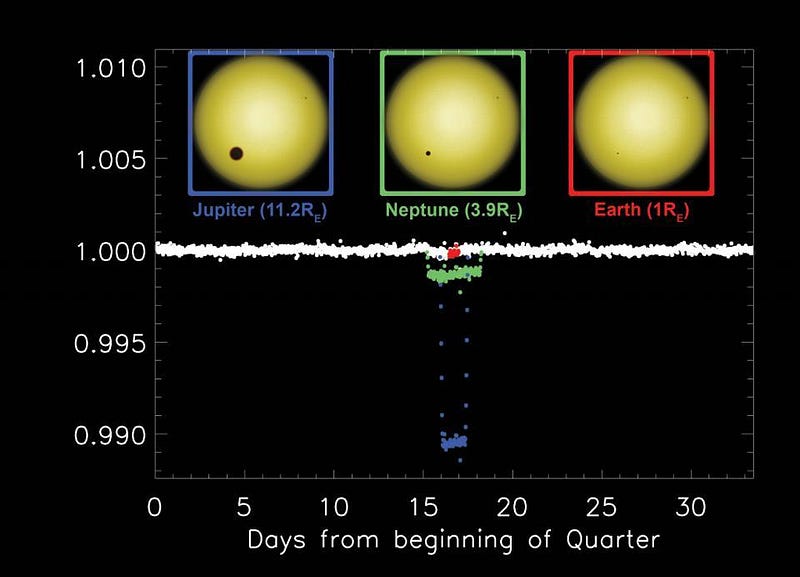
What we can compute without significant uncertainties are the likelihood of having a planet of a particular radius orbiting a star of a particular type at a particular distance. Kepler has enabled us to do population statistics of exoplanets of a wide variety of types, and through that, we can infer a likelihood range of having an Earth-sized planet orbiting a Sun-like star across a range of orbital distances.
There are some uncertainties that arise when we look at this problem alone, but they’re relatively small. The Kepler mission, owing to its design specifications (the relatively-short duration of a 3 year primary mission and a limited sensitivity to relatively small flux dips) meant that the easiest planets to find were relatively large planets orbiting close in to relatively small stars. Earth-sized worlds at Earth-like distances around Sun-like stars were slightly beyond Kepler’s capabilities.
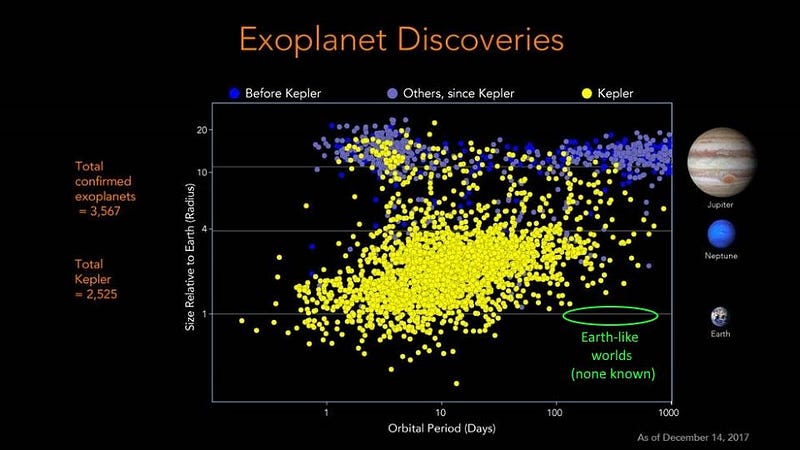
So there are the uncertainties that must arise because we make inferences about exoplanet population statistics. That’s a reasonable source of uncertainty, and one that we can expect to improve as more powerful planet-finding telescopes and missions come online over the coming decade. But it’s not the primary reason for the big discrepancy in astronomer’s estimates for the number of Earth-like worlds around Sun-like stars.
A second source of uncertainty (that is much larger) arises from the big question of “where is the habitable zone?” We typically define this as the range of distances an Earth-sized planet with an Earth-like atmosphere could exist from its parent star and still have liquid water on its surface. The answer to this question is much more difficult to obtain.
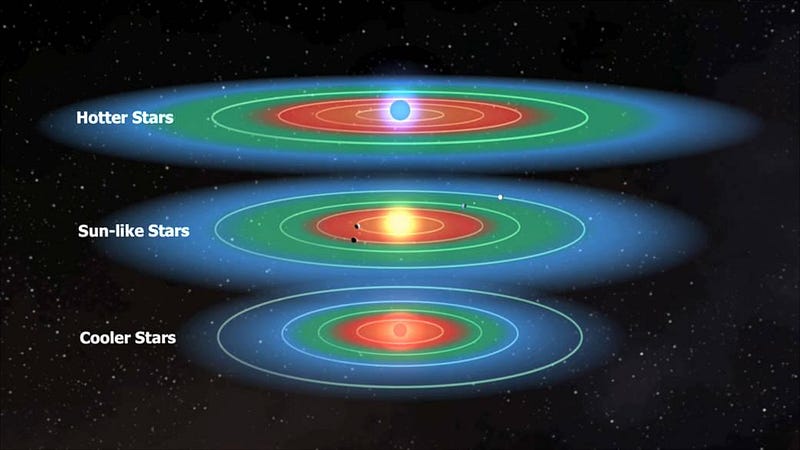
You might be tempted to say “well, Venus is too hot, Mars is too cold, and Earth is just right,” and to proceed under those assumptions. But there are many ways we could have altered Venus’ atmosphere to have had the planet beneath it be habitable, just like Earth is, for 4+ billion years. Similarly, were we to replace Mars with a more massive world with a thicker atmosphere, it could remain habitable as well, with liquid water persisting on its surface until the present day.
What we seem to be learning is that defining the habitable zone for an Earth-sized planet is not as simple as saying, “between this inner distance and that outer distance,” but rather as being co-dependent on factors such as planet mass, the contents and density of a planet’s atmosphere, and stellar evolution factors that link a star’s past and future histories to the habitability of the planet orbiting it.
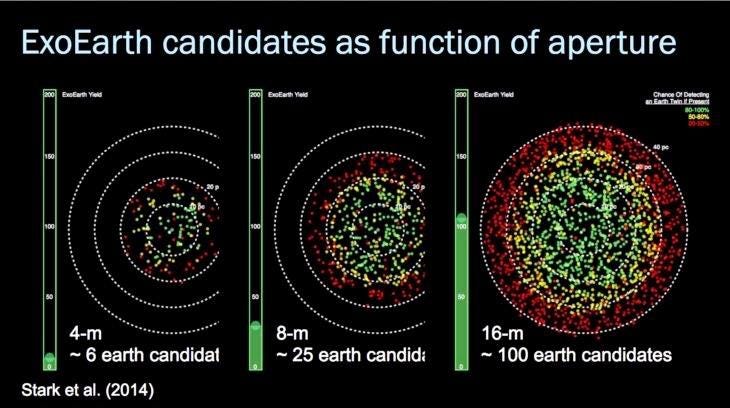
Not knowing exactly where the habitable zone is could cause us to grossly overestimate the number of Earth-like worlds by being too liberal with our assumptions, or it could cause us to exclude potentially Earth-like worlds if we’re too conservative. As with most things, it’s likely that the liberal assumptions will help us encapsulate the corner cases of unlikely outcomes that occasionally occur, while the conservative assumptions might capture the plurality of worlds that are most conducive to Earth-like outcomes.
However, the largest source of uncertainty might come from failing to adequately estimate which worlds are Earth-like (and potentially habitable) based on their radius alone.
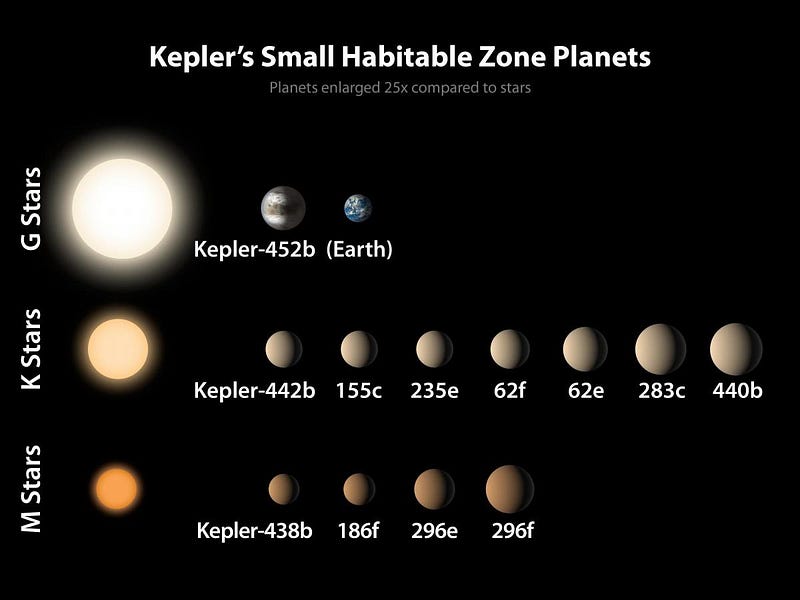
Astronomers agree on neither the lower limit for the size of an Earth-like world nor on the upper limit.
If a world is too small, the thought is that it will quickly radiate its internal heat away; its core will cease any magnetic activity; the solar wind will strip the atmosphere away; and then the world will have its atmospheric pressure drop below a critical threshold (the triple point of fresh water) and that’s the end for life’s chances. This is what happened to Mars, and many scientists think that this is the fate for all worlds below about 70% of Earth’s radius.
But if a world is too large (even a little bit larger than Earth), its atmosphere won’t remain thin and breathable, but will become thick and crushing. There’s a critical amount of mass that a planet can have during its formation before a crucial transition occurs: either the planet won’t have enough gravity to keep its primordial hydrogen and helium gases, or it will cross that threshold and have enough.
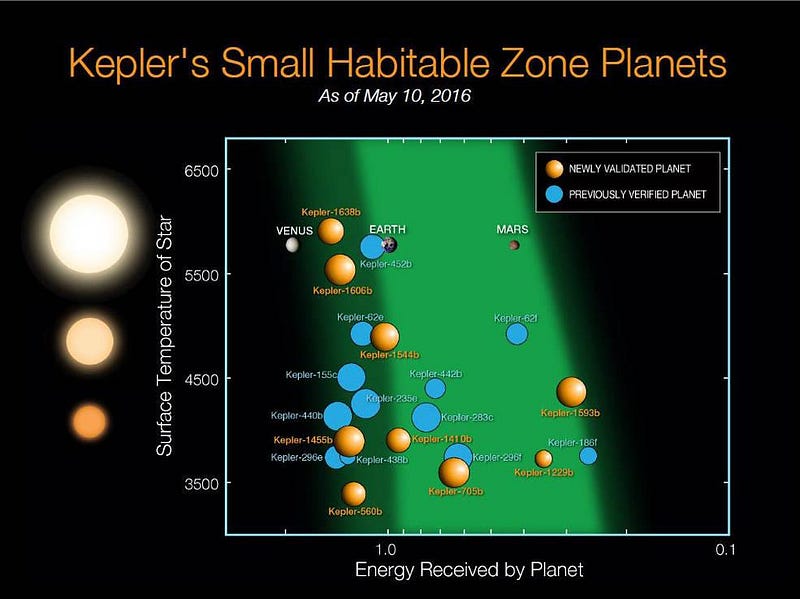
Below that threshold, you can still have liquid water on your planet’s surface; it can be Earth-like. But above that threshold, and you start looking at having at atmosphere that’s so thick, the atmospheric pressure becomes crushing: many thousands of times what we experience here on Earth.
This has been exacerbated by a term astronomers have been using for over a decade, but that needs to go: super-Earth. There is this idea that a planet could be significantly larger and more massive than Earth, but still be rocky with a thin atmosphere. In our Solar System, there are no worlds between the sizes of Venus/Earth and Neptune/Uranus, and so we don’t have firsthand experience with where, in that range, the average line between rocky and gas-rich worlds are. But thanks to the exoplanet data we do have, that answer is already known.
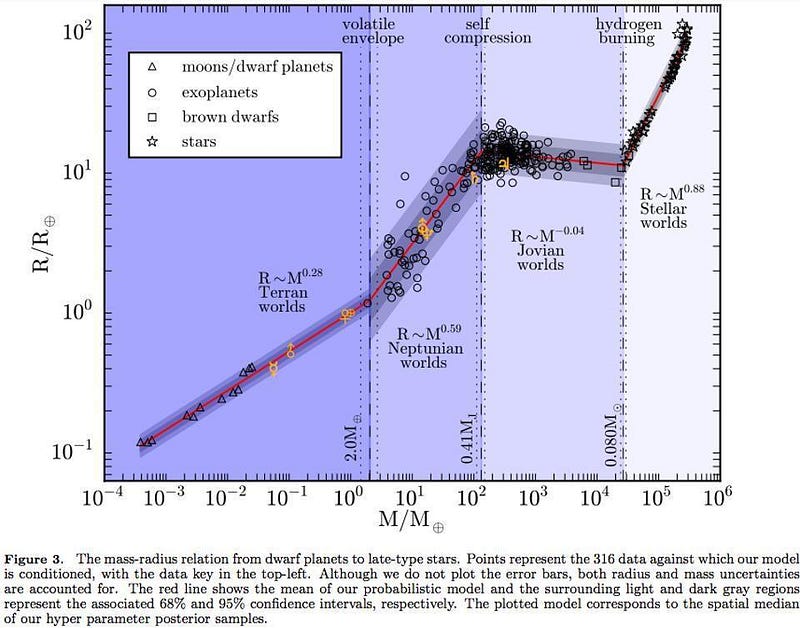
If you’re more than 2 Earth masses, which translates into more than about 120–125% the radial size of Earth, you are no longer rocky, but possess that dreaded hydrogen and helium envelope. The same one that Neptune and Uranus possess; the same kind that the recently announced habitable zone exoplanet with water on it has.
We know that there are between 200 billion and 400 billion stars in the Milky Way galaxy. About 20% of those stars are Sun-like, for about 40-to-80 billion Sun-like stars in our galaxy. There are very likely billions of Earth-sized worlds orbiting those stars with the potential for the right conditions to have liquid water on their surfaces and being otherwise Earth-like, but whether that’s 1 or 2 billion or 50 or 100 billion is still unknown. Future planet-finding and exploring missions will need better answers than we presently have today, and that’s all the more reason to keep looking with every tool in our arsenal.
Ethan Siegel is the author of Beyond the Galaxy and Treknology. You can pre-order his third book, currently in development: the Encyclopaedia Cosmologica.



